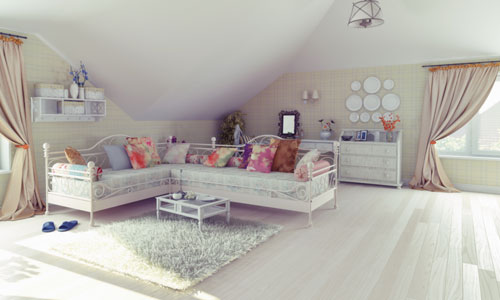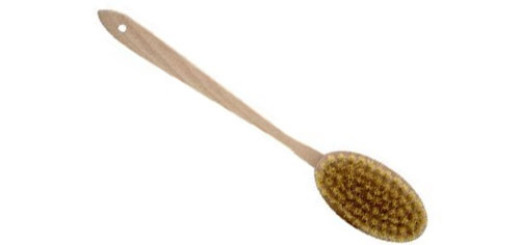5 Cost Effective Ways to Keep Your Home Cool This Summer

People are left with no option but to stay at home during summer. For how long can you stay in the sweltering outdoors? You can’t possibly make the sun go or use air conditioners all over the house 24/7 for that will cost a lot and is not an environment friendly option too. Here’s how to summer proof your home. Check out these cost effective ways to keep your home cool this summer.
1. Put on translucent light curtains
Dump those dark shaded heavy curtains which block light and put on translucent light and soft shaded curtains. The darker the shade of the curtain, the more heat it will reflect into the house. Draperies and curtains made of tightly woven, light-colored, opaque fabrics reflect more of the sun’s rays than they let through. The tighter the curtain is against the wall around the window, the better it will prevent heat gain. Two layers of draperies improve the effectiveness of the draperies’ insulation when it is either hot or cold outside.
2. Paint interiors and exteriors in light colors
As is common knowledge that dark colors absorb heat while light shades reflect light and heat, you ought to paint the exteriors and interiors, especially the western and southern sides of your home in light colors. Go for pastel hues or plain white rather than pop and bold colors which won’t help you during the sweltering summers.
3. Get reflective window coatings and sun-film
About 40% of the unwanted heat that builds up in your home comes in through windows. Reflective window coatings are plastic sheets treated with dyes or thin layers of metal which reflect the heat away. Besides keeping your house cooler, these reflective coatings cut glare and reduce fading of furniture, draperies and carpeting. Two main types of coatings include sun-control films and combination films. Sun-control films are capable of reflecting as much as 80% of the incoming sunlight. Since they are tinted, they tend to reduce light transmission as much as they reduce heat, thereby darkening the room. Combination films allow some light into a room but they also let some heat in and prevent interior heat from escaping. These films are best for climates that have both hot and cold seasons.





